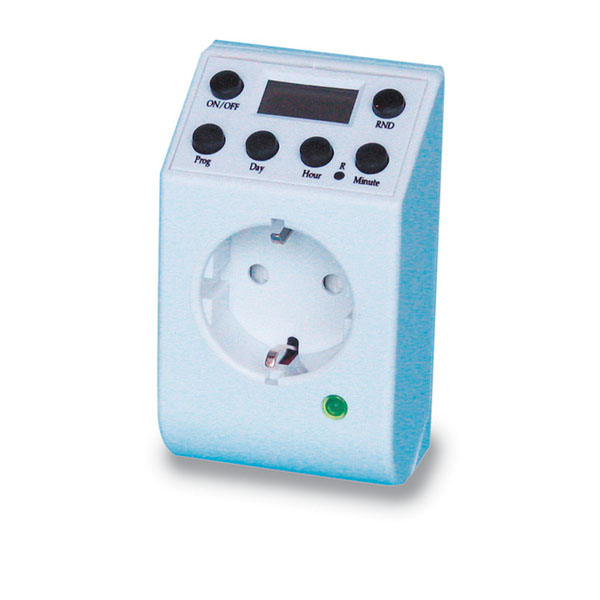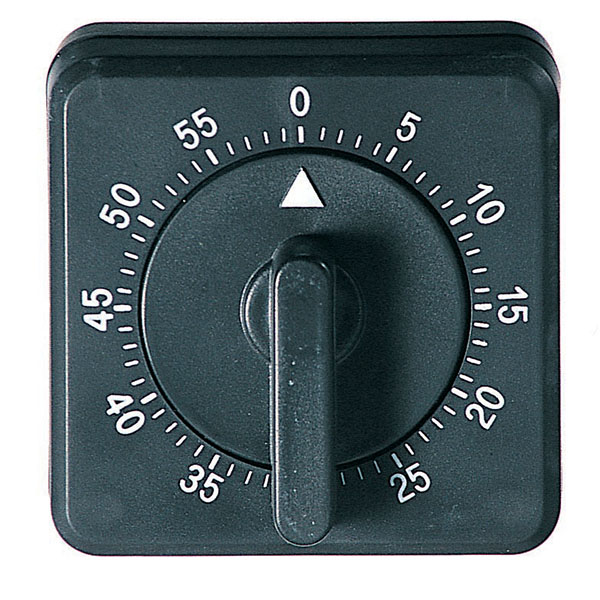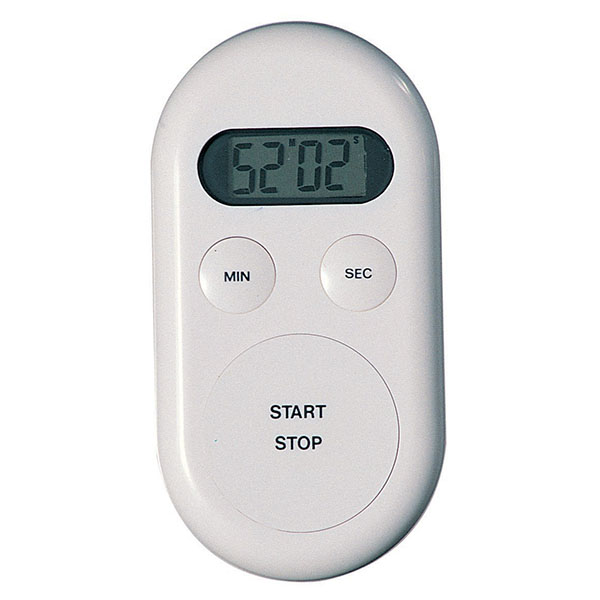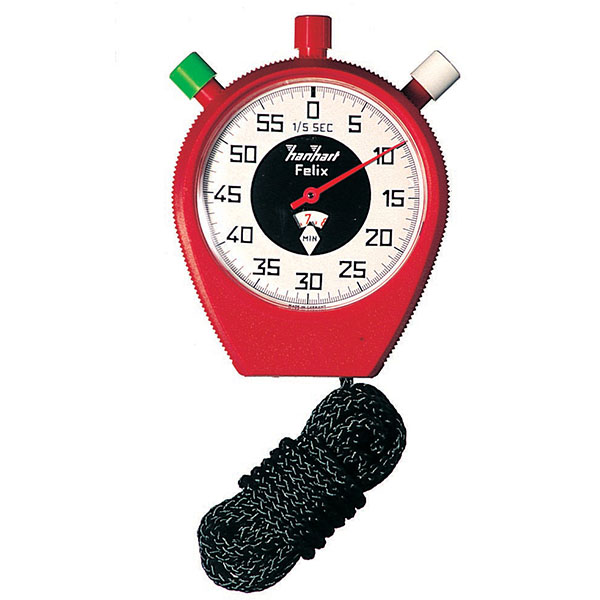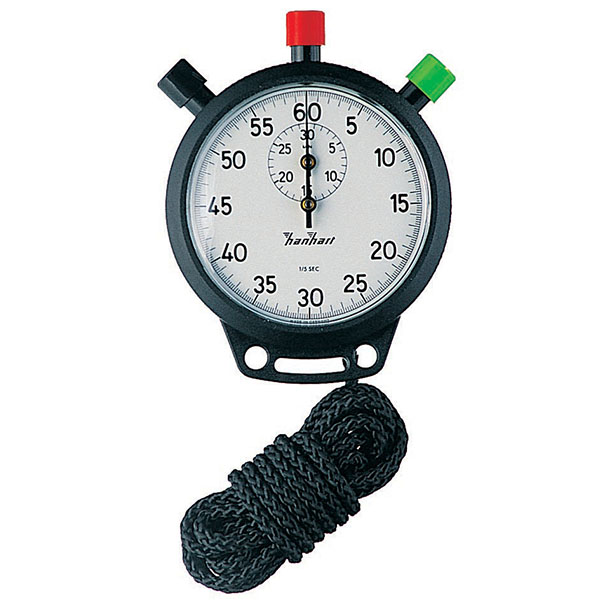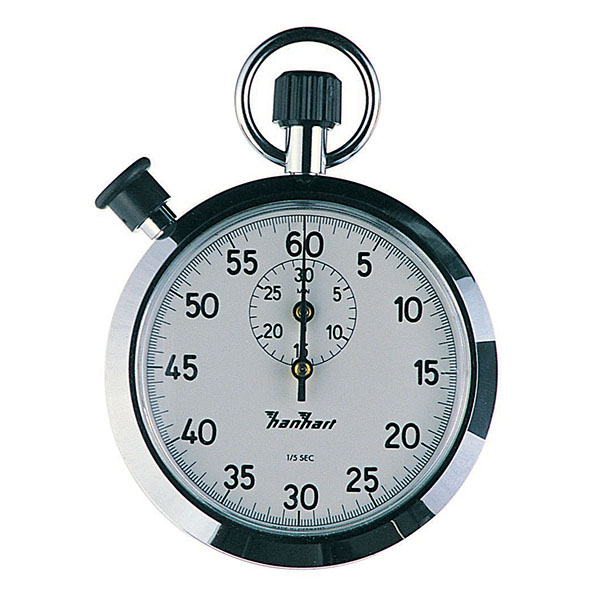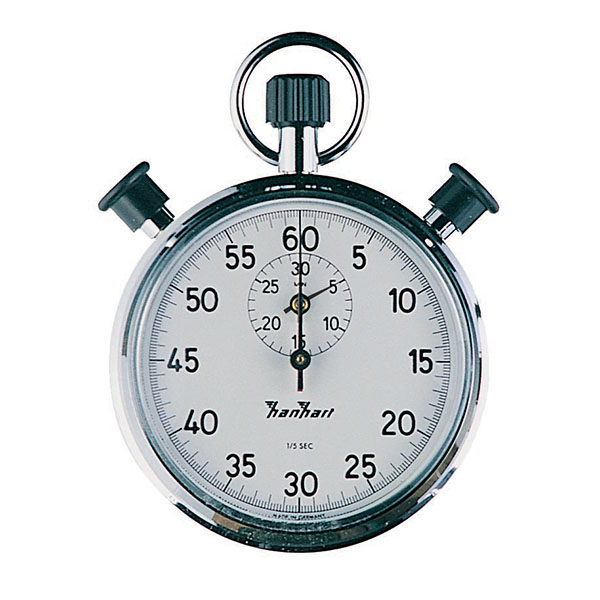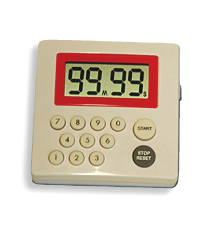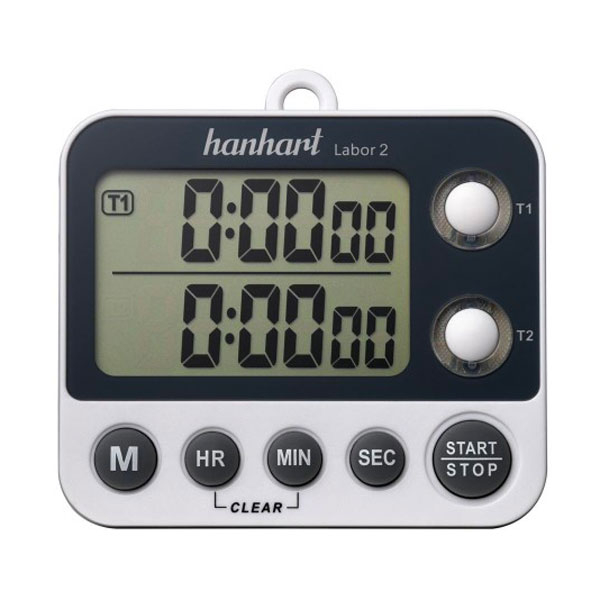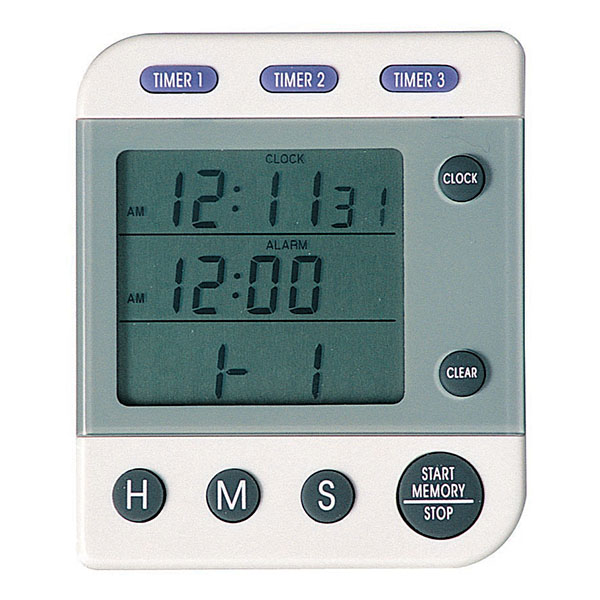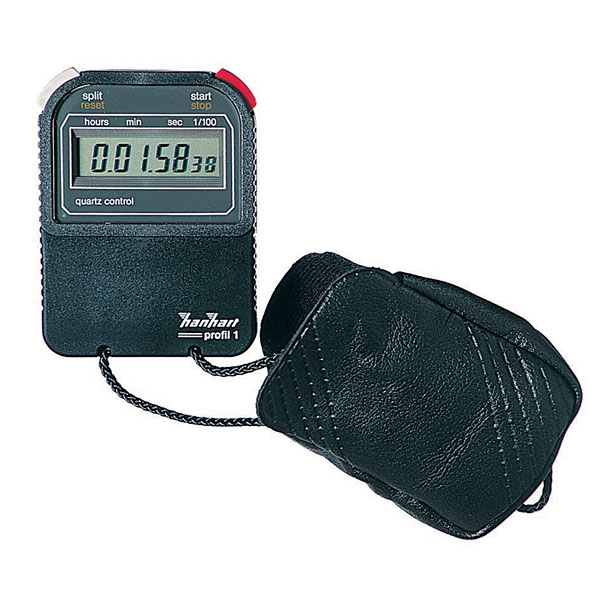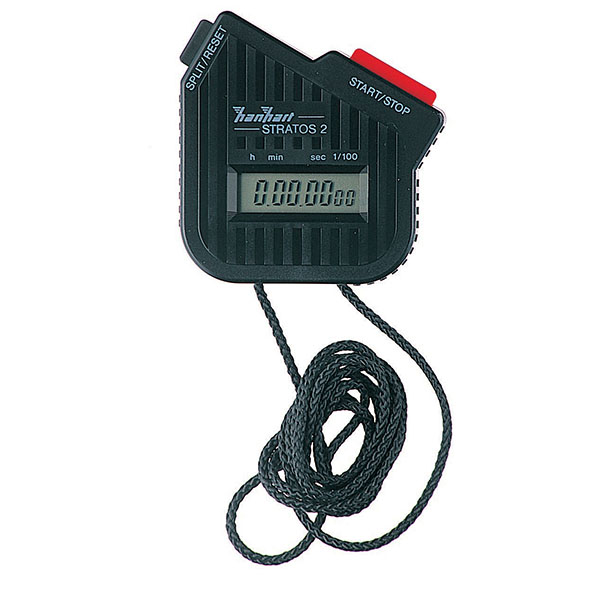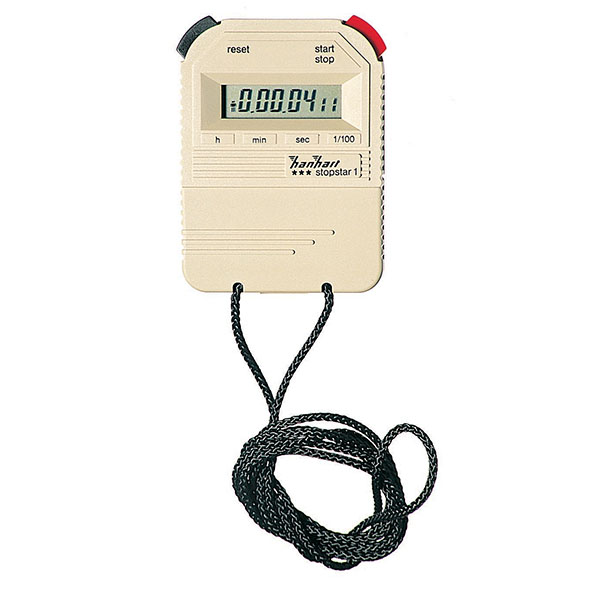In a chemistry laboratory, time plays an essential role. During certain processes, it is necessary to know precisely when they take place, and for how long. For this reason, stopwatches are a very common piece of equipment in the laboratory. For example, some chemical reactions are invisible to the eye, so the only way to determine their termination is to calculate how much time has passed since they began.
Using stopwatches, determining the viscosity of a liquid
.
Let us consider measuring the viscosity of a liquid as an example. This is defined as the measurement of a fluid's resistance to flow. A liquid with a high degree of viscosity will flow more slowly than one with a low degree of viscosity.
The experiment to calculate the degree of viscosity consists of inserting a sphere, such as a marble, into a graduated cylinder filled with the material to be measured. After calculating the density of the ball and the liquid, this is inserted into the graduated cylinder and a stopwatch is used to calculate how long it takes to reach the bottom of the cylinder. It can be seen that the stopwatch plays an essential role in this experiment. Its precision allows an accurate measurement of the time for calculating the viscosity of the liquid in the graduated cylinder.
Speed of a chemical reaction calculated with a stopwatch
An additional example that can be cited and includes the use of a stopwatch is the measurement of the time required for the completion of a chemical reaction. This experiment focuses on the dependence of the speed of a reaction on several factors, such as the concentration of the reactants, temperature and the presence of a catalyst. To demonstrate the dependence of the speed of a chemical reaction on the concentration of the reactants, a chemical reaction is carried out and the speed is calculated using a stopwatch. For example, one can react potassium permanganate (KMnO4) with oxalic acid (H2C2O4) and sulphuric acid (H2SO4). Subsequently, the same reaction is carried out by adding, for example, a certain amount of water.
The result of this experiment is that the reaction becomes progressively slower the more water is added to the reaction. The calculation of the reaction must be precise. Consequently, it is necessary to use an instrument such as a stopwatch, which is far more accurate than an ordinary clock.
Typologies of stopwatches
Typologies of stopwatches exist, varying according to the purpose for which they are used. For example, there are basic models that calculate a countdown. Usually these models emit an acoustic signal at the end of their countdown. However, there are also more sophisticated models. These have two or more buttons and several dials, which allow the recording of intermediate times. These can perform different functions, such as partial stop, restart, stop and reset.



